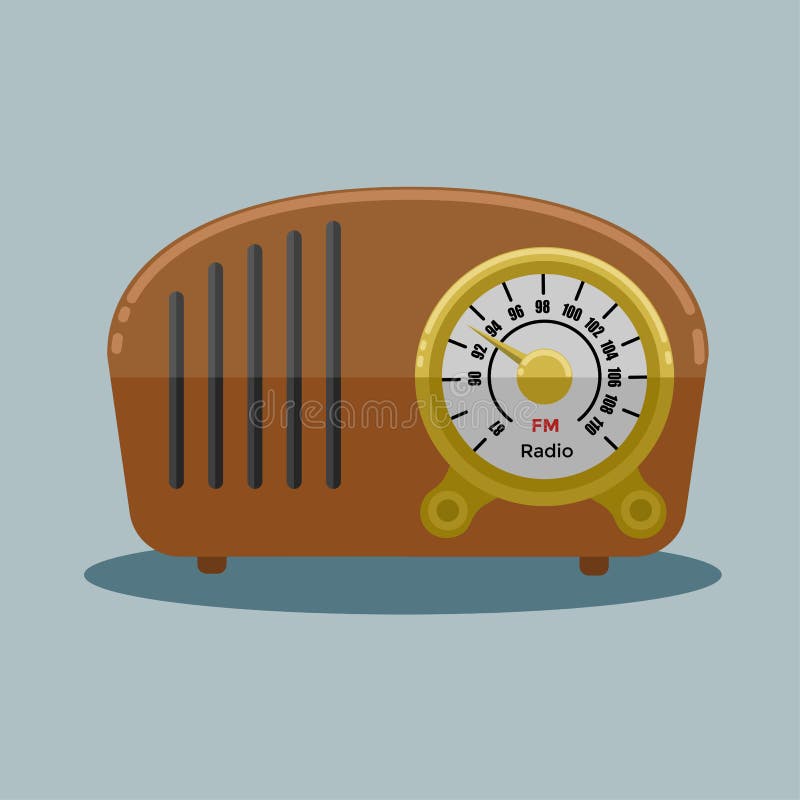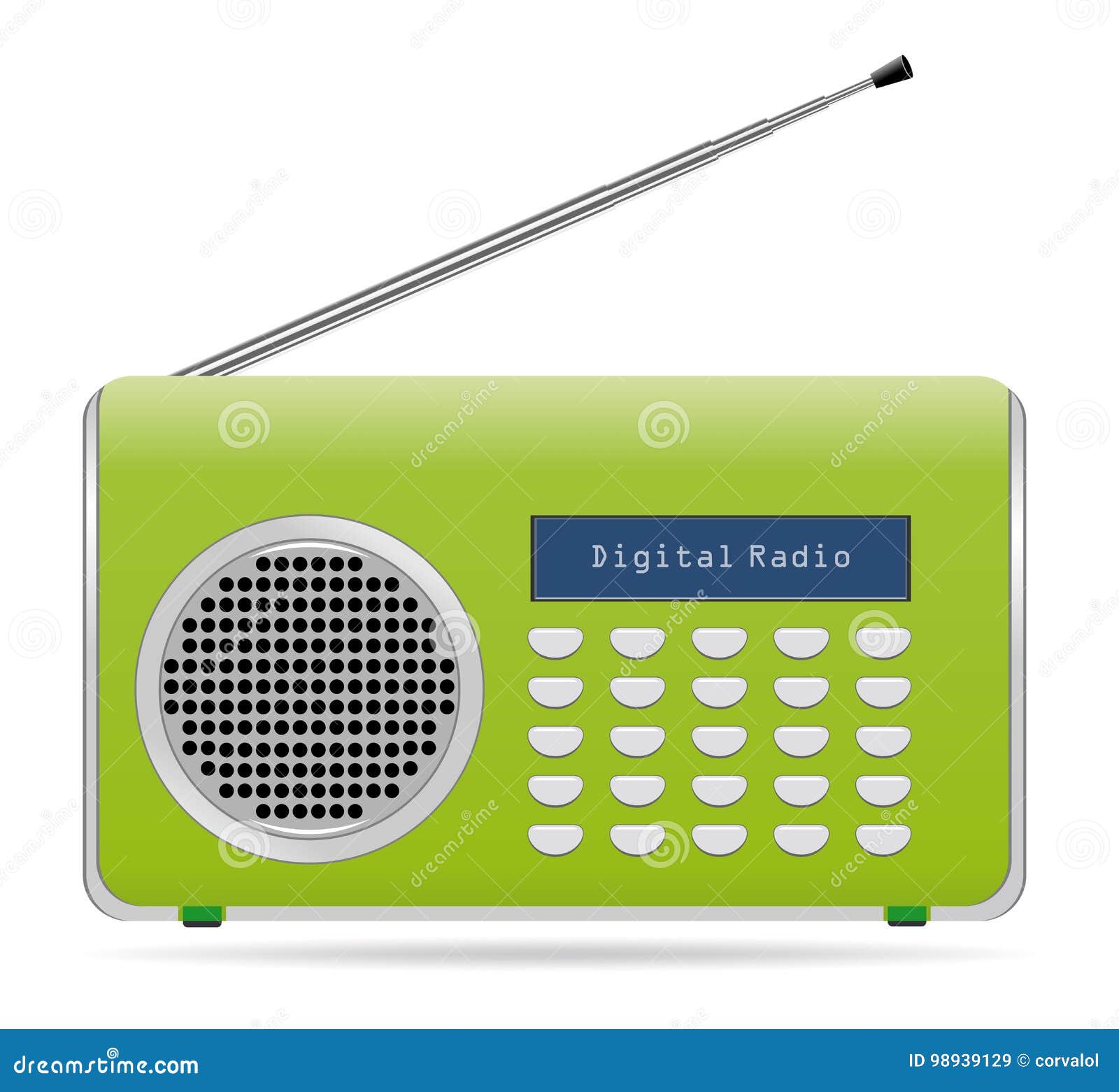

At 30 GHz, useful communication is limited to about 1 km, but as frequency increases the range at which the waves can be received decreases. As frequency increases above 30 GHz (the beginning of the millimeter wave band), atmospheric gases absorb increasing amounts of power, so the power in a beam of radio waves decreases exponentially with distance from the transmitting antenna. The highest frequencies useful for radio communication are limited by the absorption of microwave energy by the atmosphere. These employ huge ground dipole antennas 20–60 km long excited by megawatts of transmitter power, and transmit data at an extremely slow rate of about 1 bit per minute (17 millibits per second, or about 5 minutes per character). The lowest frequencies that have been used for radio communication are around 80 Hz, in ELF submarine communications systems built by a few nations' navies to communicate with their submerged submarines hundreds of meters underwater. Below about 30 kHz, audio modulation is impractical and only slow baud rate data communication is used. A second limit is the decreasing bandwidth available at low frequencies, which limits the data rate that can be transmitted. Below about 10 kHz (a wavelength of 30 km), elevated wire antennas kilometers in diameter are required, so very few radio systems use frequencies below this. The size of antenna required to radiate radio power efficiently increases in proportion to wavelength or inversely with frequency. The lowest frequencies used for radio communication are limited by the increasing size of transmitting antennas required. So although the radio spectrum is becoming increasingly congested, there is no possible way to add additional frequency bandwidth outside of that currently in use. but spectroscopic scientists consider these frequencies part of the far infrared and mid infrared bands.īecause it is a fixed resource, the practical limits and basic physical considerations of the radio spectrum, the frequencies which are useful for radio communication, are determined by technological limitations which are impossible to overcome. It is the highest band categorized as radio waves by the International Telecommunication Union. The terahertz band, from 300 gigahertz to 3 terahertz, can be considered either as microwaves or infrared. The boundary between radio waves and infrared waves is defined at different frequencies in different scientific fields. At the high frequency end the radio spectrum is bounded by the infrared band. Lower than 3000 GHz, propagated in space without artificial guide". Radio waves are defined by the ITU as: "electromagnetic waves of frequencies arbitrarily Since radio waves are the lowest frequency category of electromagnetic waves, there is no lower limit to the frequency of radio waves.

The frequency boundaries of the radio spectrum are a matter of convention in physics and are somewhat arbitrary. Because it is a fixed resource which is in demand by an increasing number of users, the radio spectrum has become increasingly congested in recent decades, and the need to utilize it more effectively is driving modern telecommunications innovations such as trunked radio systems, spread spectrum, ultra-wideband, frequency reuse, dynamic spectrum management, frequency pooling, and cognitive radio. Ranges of allocated frequencies are often referred to by their provisioned use (for example, cellular spectrum or television spectrum). In some cases, parts of the radio spectrum are sold or licensed to operators of private radio transmission services (for example, cellular telephone operators or broadcast television stations).

ĭifferent parts of the radio spectrum are allocated by the ITU for different radio transmission technologies and applications some 40 radiocommunication services are defined in the ITU's Radio Regulations (RR). To prevent interference between different users, the generation and transmission of radio waves is strictly regulated by national laws, coordinated by an international body, the International Telecommunication Union (ITU). Electromagnetic waves in this frequency range, called radio waves, are widely used in modern technology, particularly in telecommunication. The radio spectrum is the part of the electromagnetic spectrum with frequencies from 3 Hz to 3,000 GHz (3 THz).


 0 kommentar(er)
0 kommentar(er)
